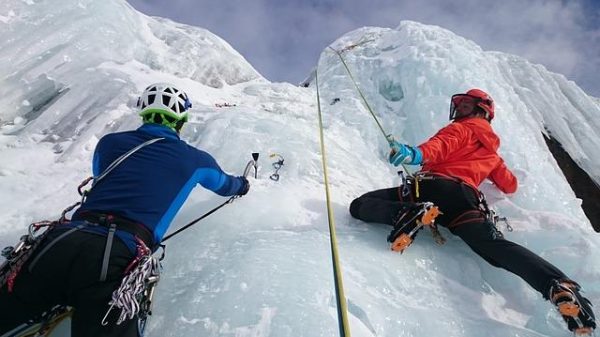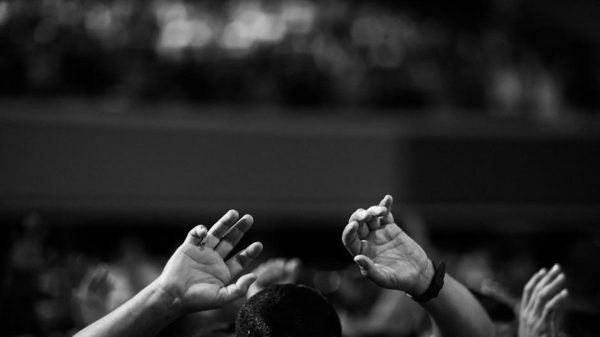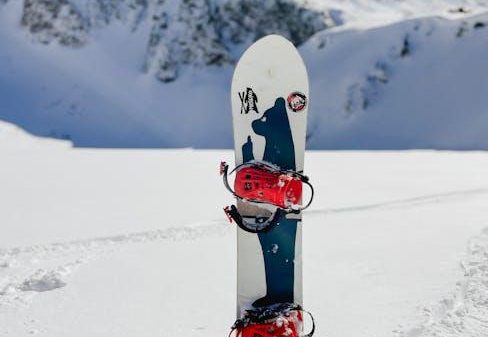In the realm of extreme sports, where athletes routinely push the boundaries of human capability and courage, the question of union representation has emerged as a pivotal issue. As these athletes soar to new heights—both metaphorically and literally—their endeavors are often accompanied by significant risks, including injury, financial instability, and lack of standardized regulations. Unlike traditional sports, where unions have long played a critical role in advocating for athletes’ rights and welfare, the extreme sports sector remains largely unregulated, leaving participants to navigate a complex landscape on their own. This article delves into the multifaceted debate surrounding the necessity and potential impact of union representation for extreme sports athletes, examining both the challenges and opportunities that such a move could entail. By analyzing the current state of athlete representation, the unique risks inherent in extreme sports, and the potential benefits of collective bargaining, we aim to provide a comprehensive overview of whether unionization could serve as a catalyst for enhanced safety, fairness, and professional growth within this dynamic field.
Understanding the Unique Challenges Faced by Extreme Sports Athletes
Extreme sports athletes face a distinctive set of challenges that differentiate them from their counterparts in more traditional sports. Risk of injury is significantly higher, often involving life-threatening situations that require quick decision-making and exceptional skill. Unlike athletes in mainstream sports, these individuals often lack comprehensive support systems, leaving them vulnerable to inadequate medical care and insufficient recovery time. Furthermore, the financial instability in extreme sports is a major concern. Sponsorships can be unpredictable, and prize money is often insufficient to sustain a stable income, making it difficult for athletes to focus solely on their craft.
- Health Risks: High probability of serious injuries.
- Financial Instability: Unreliable sponsorship and prize money.
- Lack of Support: Insufficient medical and psychological support.
- Short Career Span: Limited opportunities for long-term professional growth.
Moreover, the lack of career longevity adds another layer of complexity. Extreme sports athletes often have a shorter professional life due to the physical demands of their disciplines. This reality necessitates a robust support network that can help them transition into new roles post-retirement. Without such a framework, athletes may struggle to find meaningful opportunities outside their sport. Addressing these unique challenges is crucial to ensuring the well-being and sustained success of extreme sports athletes, which is why discussions around union representation are becoming increasingly relevant.
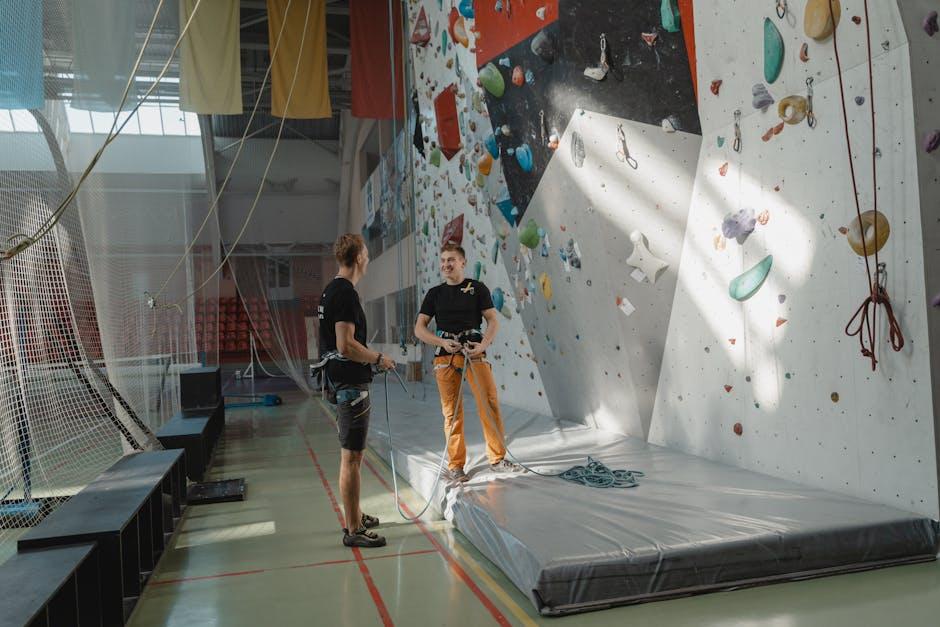
Evaluating the Potential Benefits of Union Representation for Athlete Safety and Welfare
Union representation for extreme sports athletes could significantly enhance their safety and welfare by addressing several critical areas. Safety standards and protocols could be standardized and enforced more effectively with a collective voice advocating for athletes. A union could work to ensure that event organizers adhere to stringent safety measures, reducing the risk of injury and promoting a safer environment for participants. This advocacy could extend to better access to medical facilities and personnel during events, ensuring immediate and adequate care in case of accidents.
Beyond physical safety, unions could also champion the mental health and overall well-being of athletes. Many extreme sports athletes face intense pressure and stress, both from competition and the inherent risks of their sports. A union could facilitate access to mental health resources and support networks, helping athletes manage stress and maintain a healthy work-life balance. Furthermore, unions could negotiate for fair compensation and insurance benefits, safeguarding athletes’ financial stability in the event of injuries. By collectively bargaining for these essential aspects, unions could significantly improve the quality of life and career longevity for athletes in extreme sports.

Legal and Economic Implications of Unionizing Extreme Sports Participants
The push for union representation among extreme sports athletes raises significant legal and economic questions. On the legal front, athletes must navigate the complexities of labor laws, which vary significantly across countries and jurisdictions. The classification of these athletes—whether as employees, independent contractors, or something else entirely—has profound implications for their ability to unionize. Many extreme sports participants operate as independent contractors, which can limit their rights to form or join unions under traditional labor laws. This presents a legal conundrum, as unionization efforts might necessitate legislative changes to redefine their employment status.
Economically, unionization could lead to more structured compensation models and benefits, such as healthcare and retirement plans, which are often inconsistent or lacking in the current landscape. However, this shift could also impact the financial dynamics of extreme sports, including sponsorship deals and event organization. Potential economic implications include:
- Increased costs for event organizers and sponsors, possibly leading to higher entry fees or reduced prize money.
- Greater bargaining power for athletes in negotiating terms and conditions, potentially resulting in improved safety measures and working conditions.
- Enhanced marketability of the sport, as unionization could attract more mainstream attention and investment.
Balancing these factors requires careful consideration of both the rights of athletes and the sustainability of the sports themselves, demanding a nuanced approach to any move towards unionization.
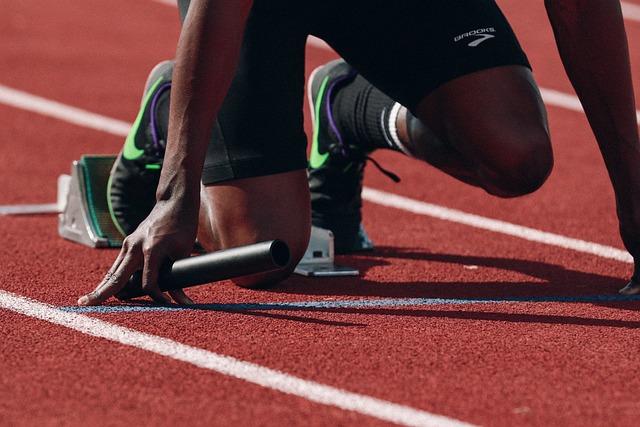
Strategic Recommendations for Establishing Effective Athlete Unions in Extreme Sports
To establish effective athlete unions in extreme sports, a strategic approach must be embraced, addressing both the unique challenges and opportunities within this sector. Identifying key stakeholders is paramount. This includes not only the athletes but also event organizers, sponsors, and governing bodies. A collaborative framework can ensure all voices are heard and integrated into union policies.
Another crucial step is the development of a robust support system that includes legal, financial, and health resources tailored to the specific risks associated with extreme sports. Implementing transparent communication channels can foster trust and ensure ongoing dialogue between union representatives and athletes. Additionally, leveraging technology platforms for virtual meetings and updates can keep all members informed and engaged, regardless of geographical constraints. By prioritizing these strategic elements, extreme sports athlete unions can be both effective and sustainable, ensuring fair representation and enhanced welfare for all involved.






